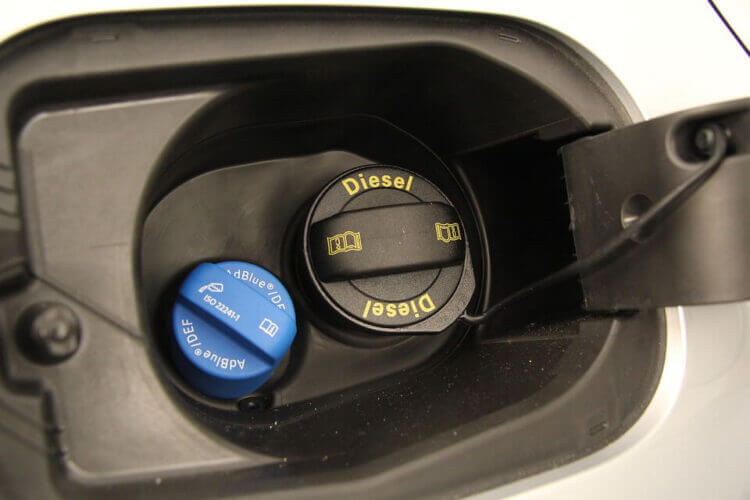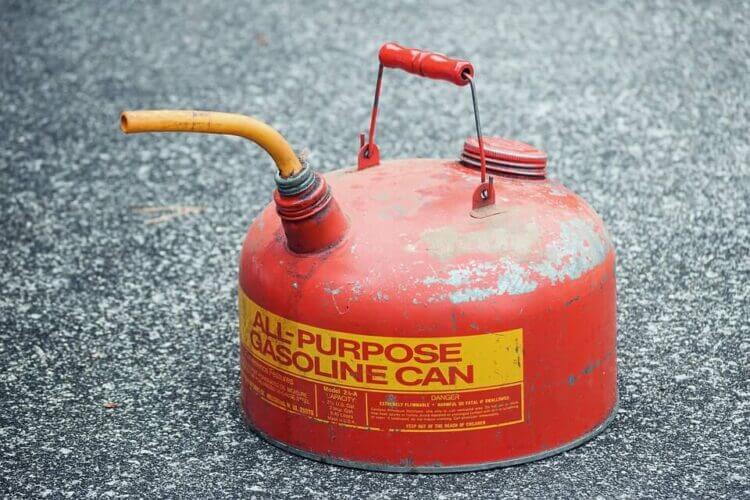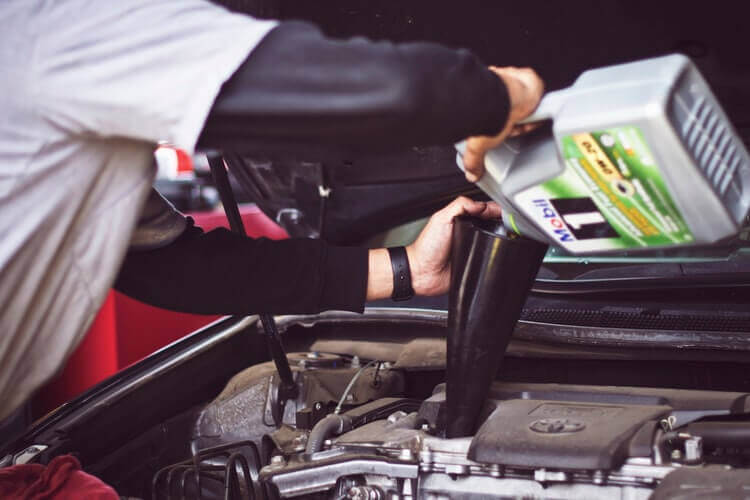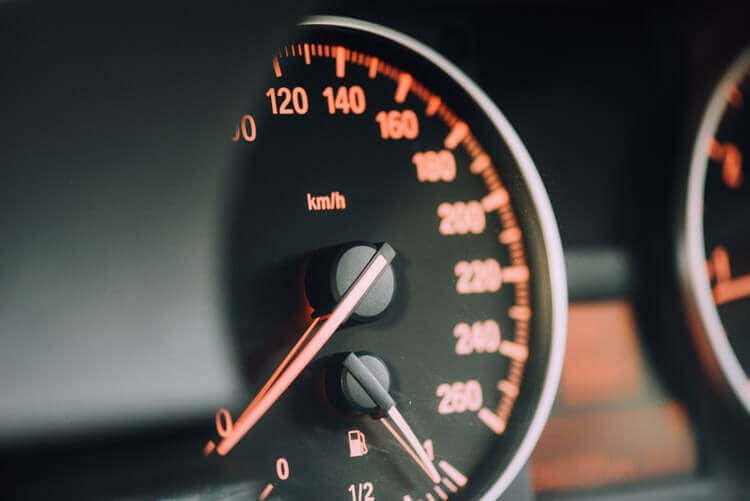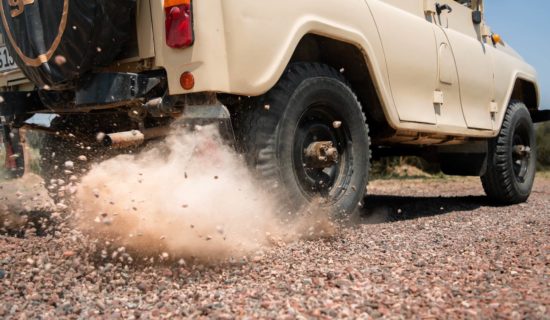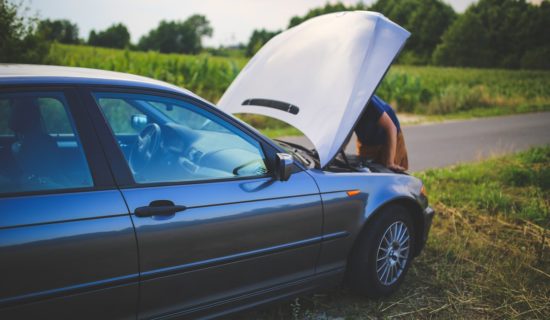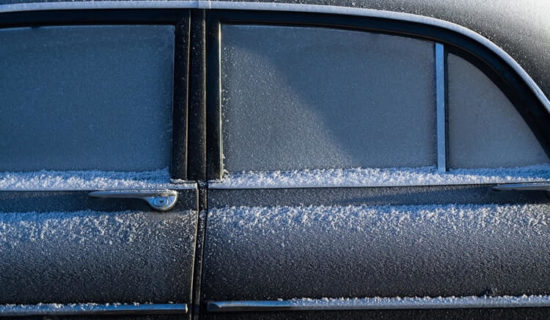How to Get Gas Out of the Car Using a Siphon Pump
Do you have a siphon pump? If you do, the job will be easy and quick, if not, consider getting one because it can be pretty useful, especially if you live or travel to rural areas far away from gas stations.
Besides the pump, you should have an empty can. Start by removing the gas cap of the auto. However, before you get to business, examine the pump, and see how it works. Typical one has tubes coming out of each end, and it is marked so that you know which straw goes into FT and which goes into an empty container. There are pumps that have a handle like the ones for bikes, while others only have a rubber bulb. Additionally, you can find the battery or electrically operated pumps.
Once you read the instructions, put one hose in the FT and the other in an empty container. Start squeezing the rubber bulb, and you can stop when the liquid starts to flow. When you want to stop, remove the tube completely, or tilt it to the side, and you are done. All that is left to do is refill the FT and enjoy the ride.

